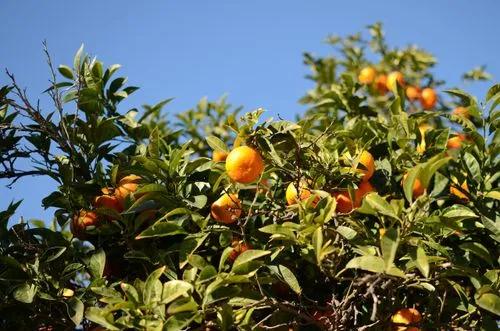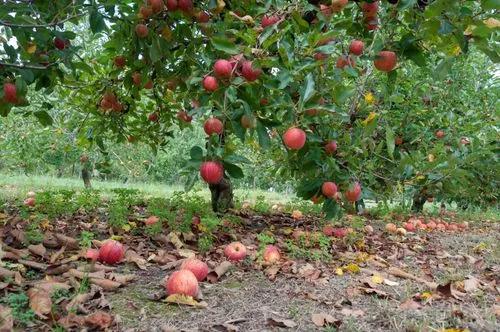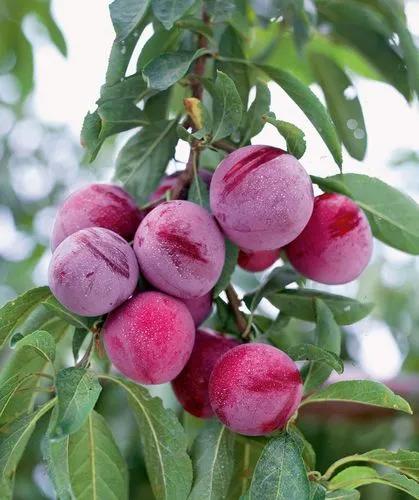s a shrub or small tree in the custard apple family. It is an endemic native[ to Florida, where it is found on open sandy hammocks and in dry woods. Showy white flowers in late winter to early summer are followed by large green edible fruit. Its pollen is shed as permanent tetrads.Along with the other members of the genus, it serves as a host plant for zebra swallowtail butterfly and pawpaw sphinx moth The flowers of the various Asimina species are relatively large and range in color from bright white to deep red, though the most common flower color seems to be creamy white. The flowers themselves give off strange odors that have been affectionately likened to fermenting fruit and rotting meat. Of course, these odors attract pollinators. Asimina aren't much of a hit with bees or butterflies. Instead, they are mainly visited by blowflies and beetles.
Bigflower Pawpaw Care
Asimina Obovata



Asimina obovata is endemic to the well drained sand of sand ridges, coastal dunes, hammocks and pine-turkey oak sand ridges that occur in southeastern to north central Florida.Associated species include Pinus clausa, Quercus gemiata, Quercus myrtifolia, Ceratiola ericoides, Ilex opaca var. arenicola, Garberia heterophylla, and Persea humilus.Flowers March to June with white flowers and green fruit.[Asimina obovata is the only species in the genus Asimina to have flower buds that terminate th new shoot growth. This species can be identified by a bright red-hairy peduncle and a reddish pubescence on the shoots and lower leaf surface.The stamens are pale green to beige at anthesis.In the year following a fire, A. obovata resprouts with more stems than were present pre-fire, however these stems are smaller and less woody with a higher chance of herbivory. The amount of flowers blooming is the greatest in the second flowering season post-fire with flower numbers decreasing as the fire interval becomes longer. The species responds to a disturbance such as fire or cutting vegetatively, sending up several leafy shoots which are forming flower buds that do not open until the following growing season.n order to protect itself from herbivory, A. obovata contains a toxin called annonaceous acetogenins which inhibits mitochondrial respiration in preditors. Gopher tortoises have been observed to eat the ripe fruit and spit out the seeds.
Discover more plants with the list below
Popular articles






